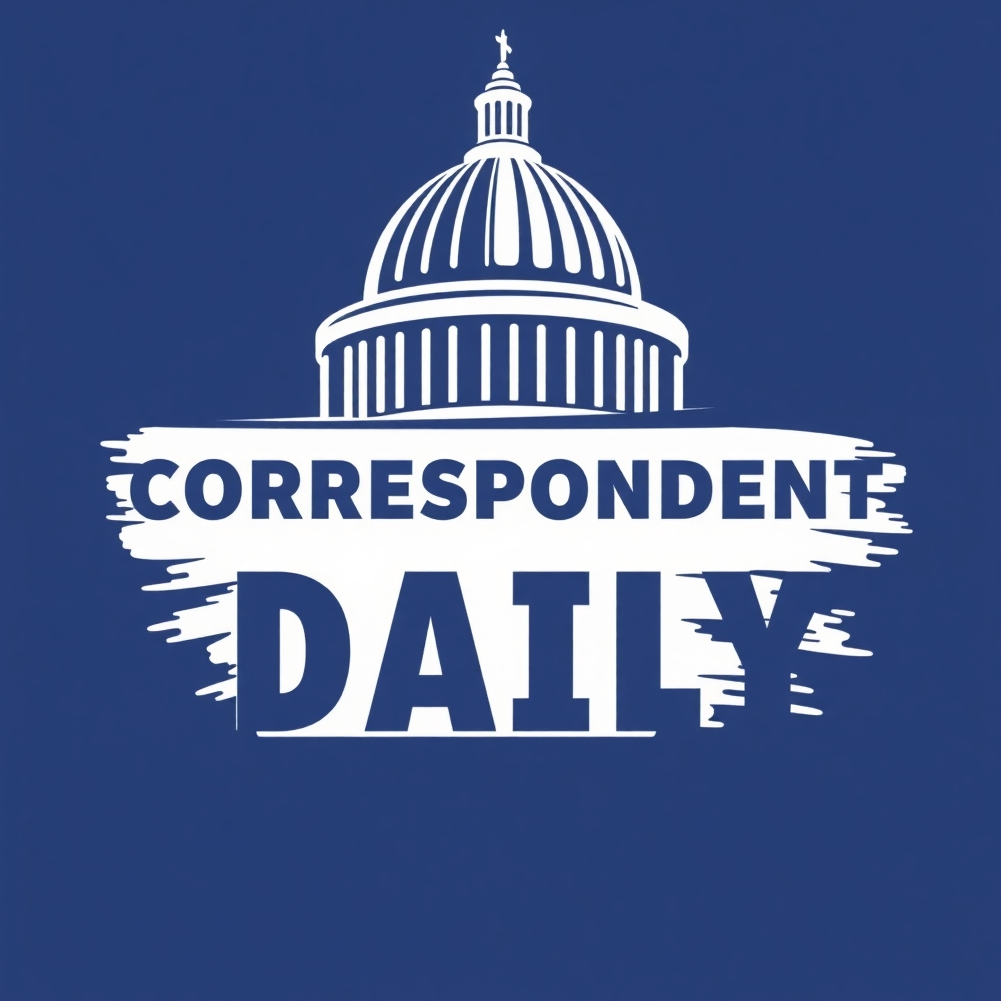
Trump’s Vision for AI: A Shift in Intellectual Property Policies
In a provocative keynote address at a recent summit, President Donald Trump unveiled a bold new direction for artificial intelligence (AI) policy that has triggered widespread discourse among tech stakeholders. His remarks followed the release of the AI Action Plan aimed at positioning the U.S. competitively against nations like China. A core element of the plan is a restructuring of intellectual property regulations regarding AI, leaning towards a permissive model that would allow AI companies to utilize copyrighted materials without incurring legal obligations.
Unpacking Trump’s Anti-Woke Rhetoric
Alongside his controversial policy proposals, Trump reiterated his intent to “get rid of woke,” branding certain cultural narratives as detrimental to the American public. This rhetoric resonates with a specific demographic that feels increasingly alienated by progressive movements in technology and education. “The American people do not want woke Marxist lunacy in the AI models,” he stated emphatically. This statement not only addresses cultural concerns but also signals a strategic pivot that aligns with his base.
The Legal Tussles Over AI and Copyright
Trump’s approach comes against a backdrop of intense legal battles between tech firms and content creators. Since the AI boom began in 2022, issues surrounding the legality of AI training on copyrighted content have created friction across the industry. Upcoming legislation proposed by Senators Josh Hawley and Richard Blumenthal aims to address these concerns by mandating permission and compensation for the use of copyrighted works in AI training. However, Trump’s stance reflects a clear dismissal of these legislative movements, prioritizing innovation over regulation.
Expert Opinions: Support and Opposition
Reactions to Trump’s speech reveal a stark divide within the tech community. Supporters, like Adam Eisgrau from the Chamber of Progress, argue that requiring AI developers to secure licenses for copyrighted works would be impractical and counterproductive. Eisgrau emphasizes that AI technology is inherently transformative, allowing for a creative process that builds on existing works without plagiarizing them.
Conversely, critics warn that risky policies may undermine creators’ rights, raising questions about the long-term implications for content ownership and financial compensation. This clash of perspectives underpins the current debate about the role of IP law in an increasingly automated future.
Future Outlook: AI and the American Economy
The implications of Trump’s AI Action Plan extend beyond intellectual property to encompass broader economic strategies aimed at amplifying the U.S.’s edge in technology. In his 28-page report, the president directed critical attention towards streamlining regulations, which he believes could unleash potential across various sectors of innovation. The administration proposes withholding federal funds from states that impose what they consider excessive regulations on AI, consolidating federal power over local legislative decisions regarding technology.
Cultural Context: Why This Matters
Trump’s approach to AI and copyright speaks to a more profound cultural and political struggle unfolding in the U.S. The dichotomy between innovation and regulation resonates deeply within varying segments of the population. Proponents of deregulation often emphasize individual freedoms and the importance of technological advancement, while opponents may argue for the protection of artistic rights and moral responsibility in how technology shapes society. This debate is increasingly relevant in a tech landscape characterized by rapid change and uncertainty.
Navigating the AI Future
As the U.S. embarks on this new path, companies and consumers alike will need to grapple with the new reality of AI training and content creation. This environment presents both opportunities and challenges: businesses could benefit from greater flexibility and reduced costs, while the safeguards for content creators may weaken, impacting the broader creative community.
As initiatives like Trump’s AI Action Plan unfold, it becomes crucial for stakeholders—including businesses, creators, and consumers—to stay engaged with these developments. Understanding the nuances behind these policies and their implications may shape the trajectory of technological advancements moving forward. Interested parties are urged to keep abreast of ongoing policy dialogues and engage actively in discussions about the ethical use of AI.
To remain updated on the evolution of AI policies and their intersection with intellectual property rights, consider subscribing to industry newsletters or joining forums dedicated to technology and innovation.
 Add Row
Add Row  Add
Add 




Write A Comment